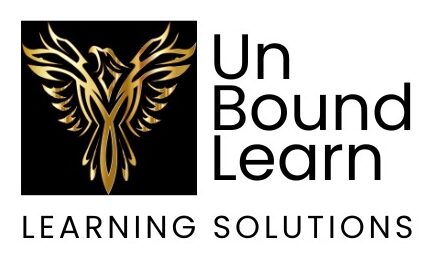UBL-B.O.A.T. for Training Need Analysis & Training Need Identification
By conducting a thorough Training Need Analysis and Training Need Identification, organizations can ensure that their training efforts are targeted, relevant, and address the specific gaps that prevent individuals or teams from performing at their best. The ‘UBL-B.O.A.T.’ method is an exercise which employs both TNA and TNI to assess the organization’s specific training needs and objectives and determine if the intervention is opportunity focussed or solution centred. Further it aids in identifying the areas where employees require skill development or knowledge enhancement to align with organizational goals.

BACKGROUND
Is the training need Challenge or Opportunity focused?

OBJECTIVES
What is the training aimed at achieving?

AGENDA
What should be the approach and mode of delivery? The number of sessions, duration, frequency and the schedule?

TANGIBLE OUTCOMES
What should be the key take-aways for; the participant, the internal and external stakeholders and the organisation.

Training Need Analysis (TNA) is one of the most significant aspects of any learning interventions, and we believe that it should be carried out diligently and systematically. TNA as a process typically involves gathering data through various methods such as competency-based assessment, psychometric tools, surveys, interviews, observations, and performance evaluations, etc. to identify gaps between the desired knowledge, skills, and competencies of individuals or teams, and their current competencies. It involves assessing the performance and learning needs of employees in order to determine the most appropriate learning interventions.
Training Need Analysis (TNA) is one of the most significant aspects of any learning interventions, and we believe that it should be carried out diligently and systematically. TNA as a process typically involves gathering data through various methods such as competency-based assessment, psychometric tools, surveys, interviews, observations, and performance evaluations, etc. to identify gaps between the desired knowledge, skills, and competencies of individuals or teams, and their current competencies. It involves assessing the performance and learning needs of employees in order to determine the most appropriate learning interventions.
Training need identification (TNI) is the process of identifying and defining the specific areas where training is required within an organization or among individuals. The data from TNA; emerging competency gaps, existing skill levels, knowledge, and performance gap is analysed to identify areas of improvement, prioritize training needs, and develop targeted training programs, the ones which will contribute to improved performance and the achievement of organizational goals.
